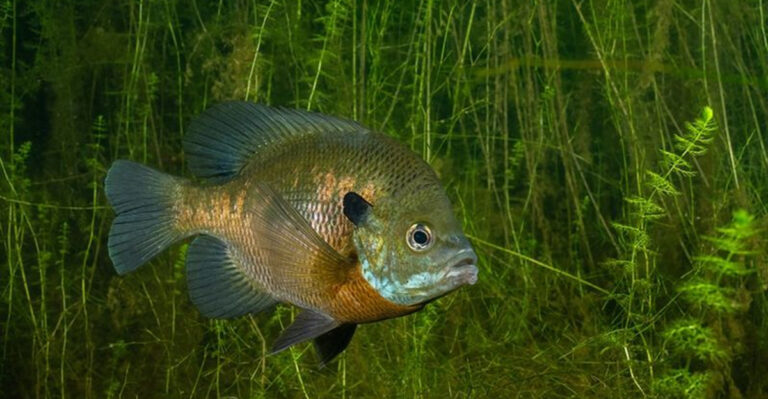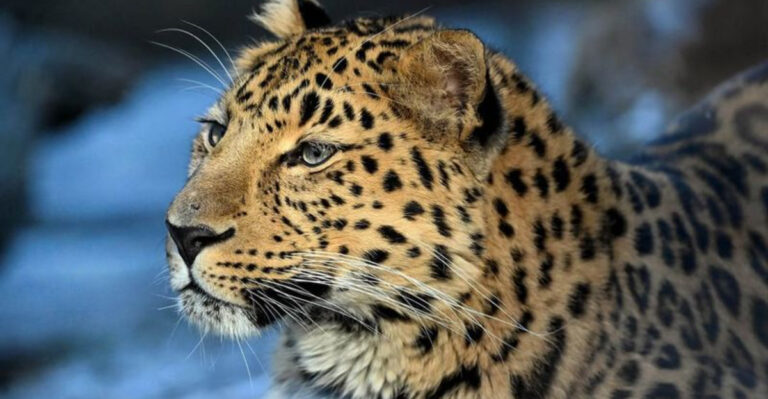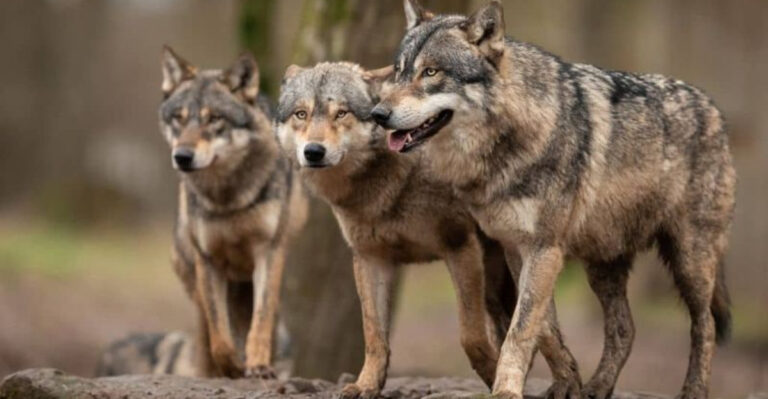10 Invasive Animal Species Brought By Europeans Into The U.S.
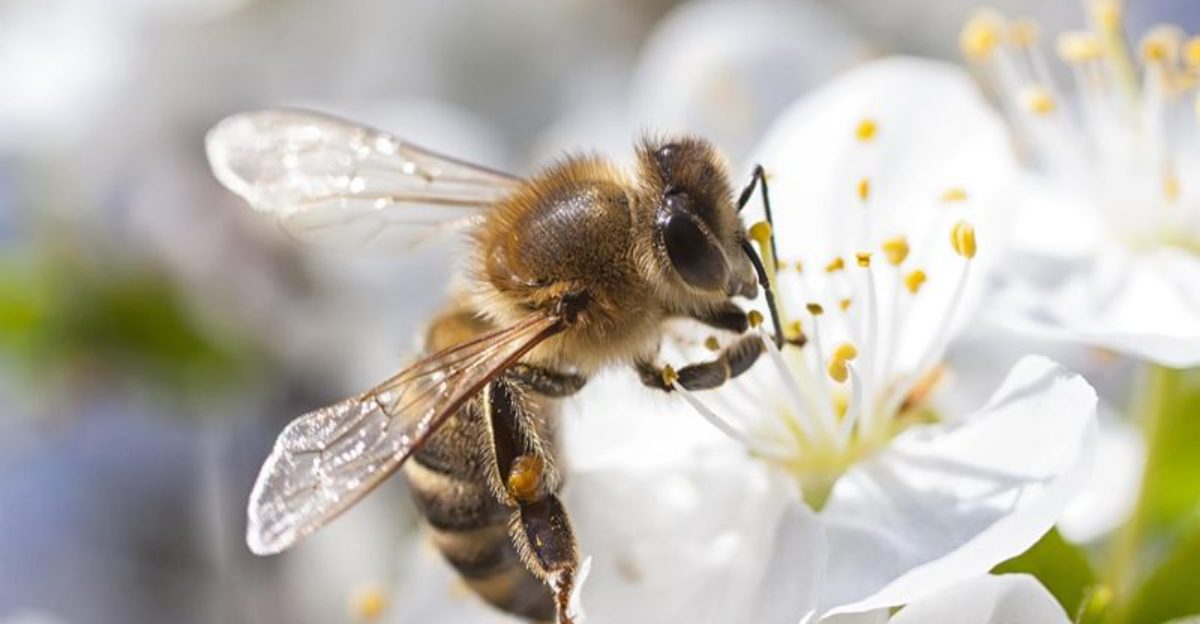
When European settlers arrived in America, they didn’t come alone. Hidden in cargo holds or deliberately transported for various reasons, numerous animal species made the journey across the Atlantic.
These non-native creatures found America’s environment perfect for thriving – often at the expense of native wildlife. Their stories reveal how human movement dramatically reshapes ecosystems.
1. Melodious Menace: European Starling
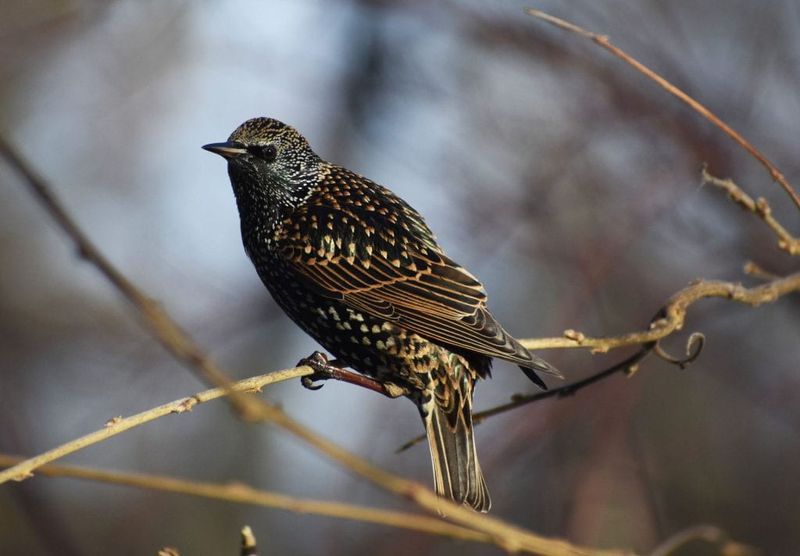
Shakespeare enthusiasts unleashed a feathered nightmare in 1890 when they released 100 starlings in Central Park, hoping to introduce all birds mentioned in the Bard’s works.
Today, over 200 million of these glossy purple-green birds crowd out native species, destroy crops, and spread disease across America. Their beautiful murmurations mask their devastating ecological impact.
2. Tiny Troublemaker: House Sparrow
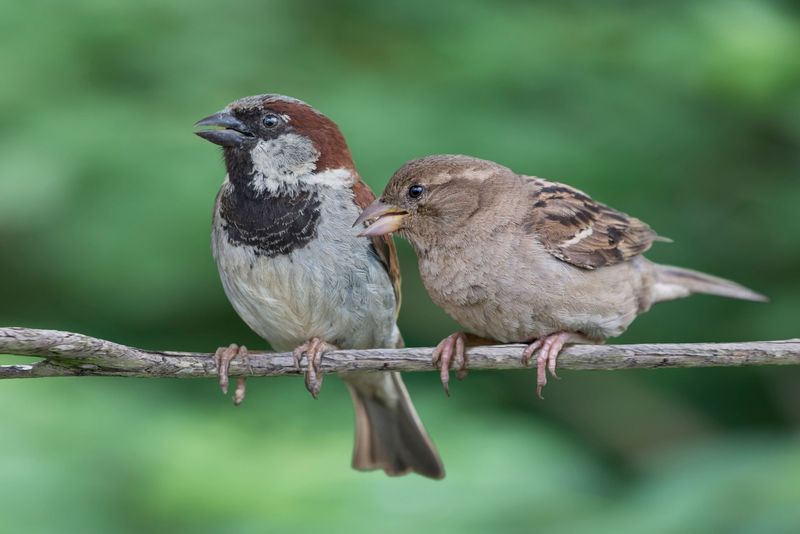
Brought over in the 1850s to control insect populations, these little brown birds had other plans. Rather than just eating bugs, they became architectural bullies.
House sparrows aggressively evict native birds from nesting sites and have spread to every state except Alaska. Their constant chirping might sound cheerful, but their presence has caused native bluebird and martin populations to plummet dramatically.
3. Slithering Stowaway: Brown Tree Snake

Talk about uninvited guests! These nocturnal hunters arrived on Guam via military equipment and have since spread to Hawaii and other U.S. territories.
Growing up to 10 feet long, they’ve caused the extinction of 10 native bird species in Guam alone. As electrical grid saboteurs, they frequently cause power outages by short-circuiting transformers while hunting for prey.
4. Multiplying Munchers: European Rabbit
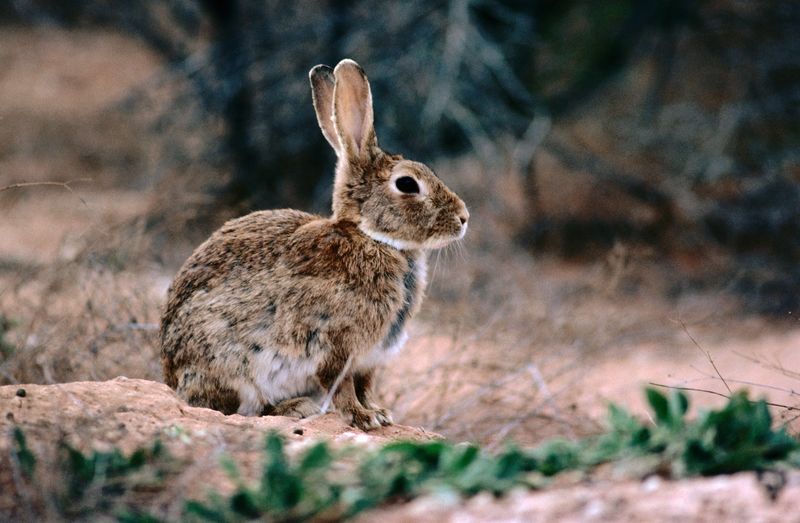
Famous for breeding like, well, rabbits, these fluffy invaders arrived with early colonists as a food source. Their escape wasn’t part of the plan!
A single female can produce 30-40 offspring yearly, quickly turning cute bunnies into agricultural nightmares. Their burrows damage farm equipment and undermine buildings, while their appetites strip vegetation bare, accelerating soil erosion across American landscapes.
5. Notorious Nibbler: Norway Rat
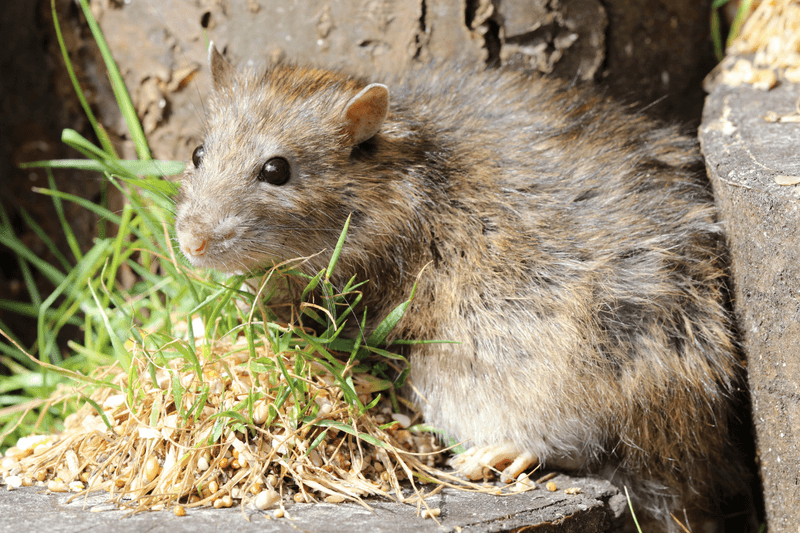
Despite the name, these rodents actually originated in Asia before spreading throughout Europe. They sneaked aboard ships bound for colonial America, establishing themselves everywhere humans settled.
Beyond spreading diseases like leptospirosis and plague, they consume or contaminate about 20% of the world’s food supply. Their gnawing damages infrastructure too – even causing fires by chewing through electrical wiring in homes and businesses.
6. Underwater Invader: Common Carp
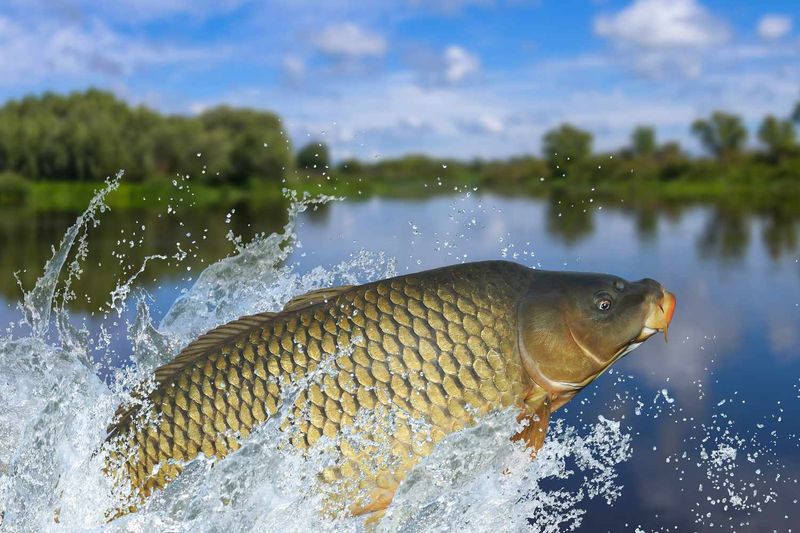
Originally imported as a food fish in the 1800s, these whiskered swimmers quickly escaped captivity. Now they’re throwing underwater house parties in nearly every state!
Bottom-feeders by nature, carp stir up sediment while feeding, muddying waters and blocking sunlight needed by aquatic plants. This feeding frenzy destroys habitat for native fish species and reduces water quality in lakes and rivers throughout America.
7. Bulldozers With Tusks: Feral Hogs
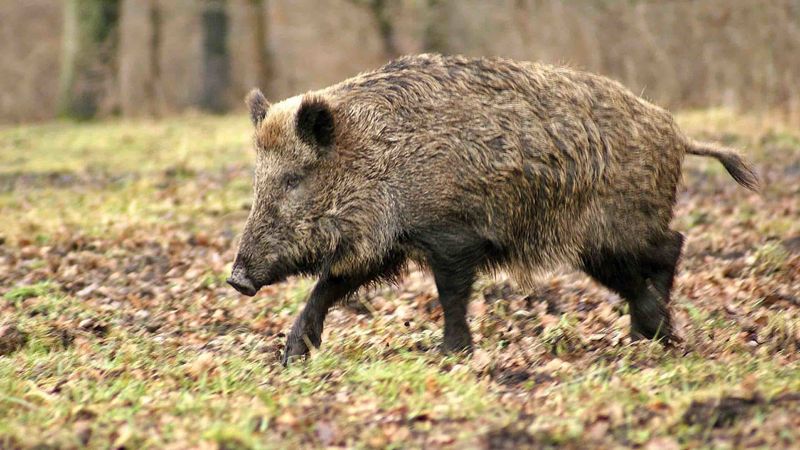
Releasing pigs into the wild for future hunting seemed like a good idea to Spanish explorers in the 1500s. Fast forward 500 years, and we’re facing an oinking apocalypse!
These intelligent omnivores reproduce rapidly, with populations exceeding 6 million across 35 states. Their rooting behavior resembles mini-tractors plowing fields, destroying native vegetation and agricultural crops while causing about $1.5 billion in damage annually.
8. Sweet Invader: European Honeybee
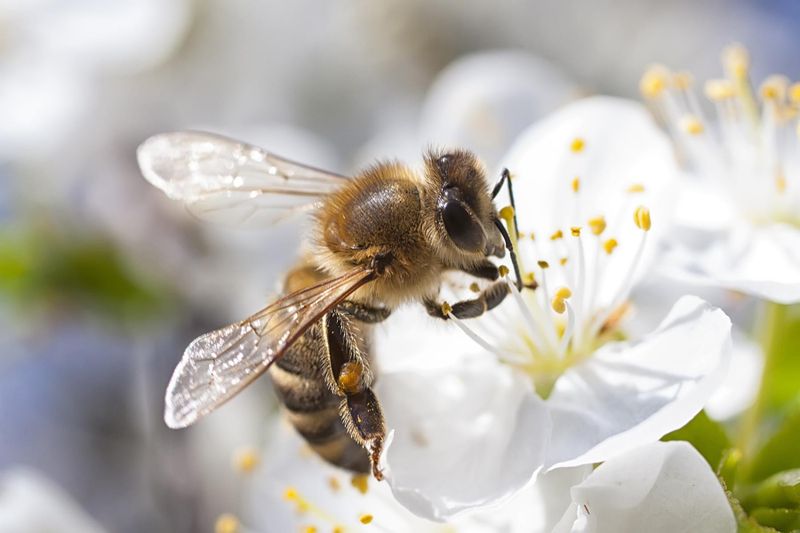
Not all invasive species are villains! Brought by early colonists in the 1600s for honey production and crop pollination, these buzzing immigrants actually boost agricultural productivity.
Yet their introduction hasn’t been entirely harmless. They compete with 4,000+ native bee species for floral resources and nesting sites. Their agricultural benefits have masked this ecological competition, making them perhaps the most welcomed invader in American history.
9. Microscopic Menace: Zebra Mussel
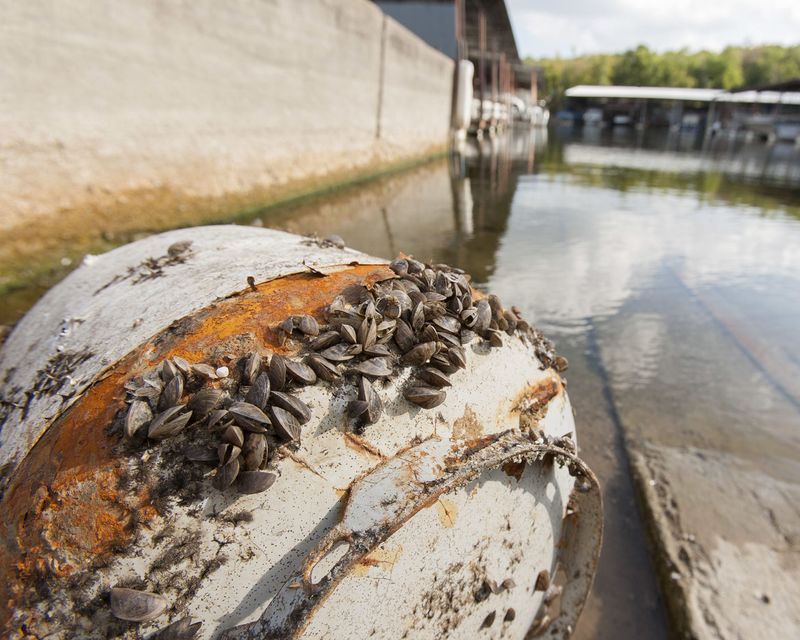
Smaller than your thumbnail but causing billions in damage, these striped mollusks arrived in ship ballast water from the Caspian Sea region in the 1980s.
Clinging to any hard surface, a single female produces up to one million eggs yearly! They form living carpets that clog water intake pipes, damage boats, and filter so much plankton they starve native aquatic species, fundamentally altering Great Lakes ecosystems.
10. Misunderstood Migrant: Black Widow Spider

Contrary to popular belief, these infamous arachnids weren’t native to North America. They likely arrived in grape shipments from Mediterranean regions during colonial times.
Recognizable by the red hourglass on their shiny black abdomens, their venom is actually 15 times stronger than a rattlesnake’s! Despite their fearsome reputation, they’re shy creatures that only bite defensively and rarely cause human fatalities in the United States.


